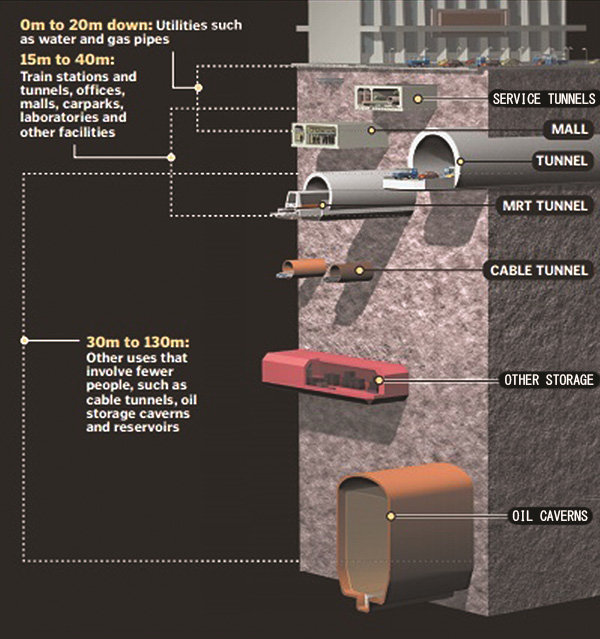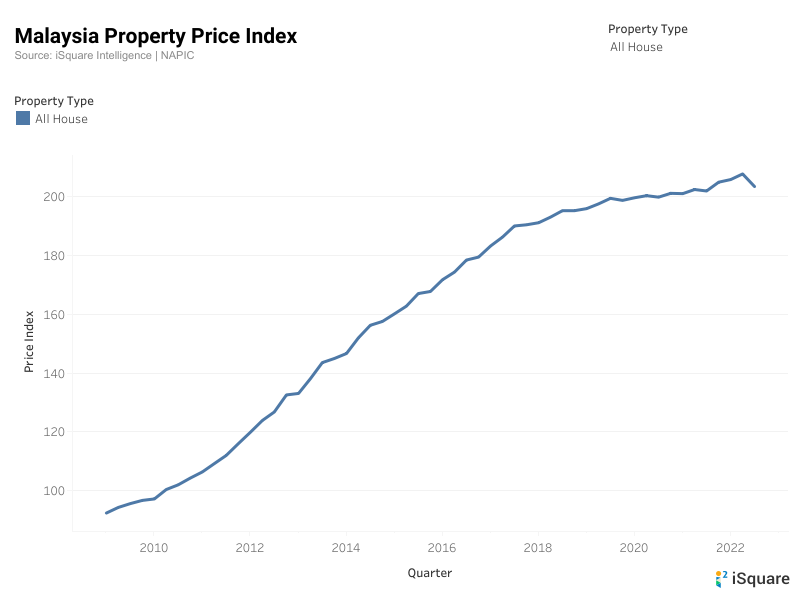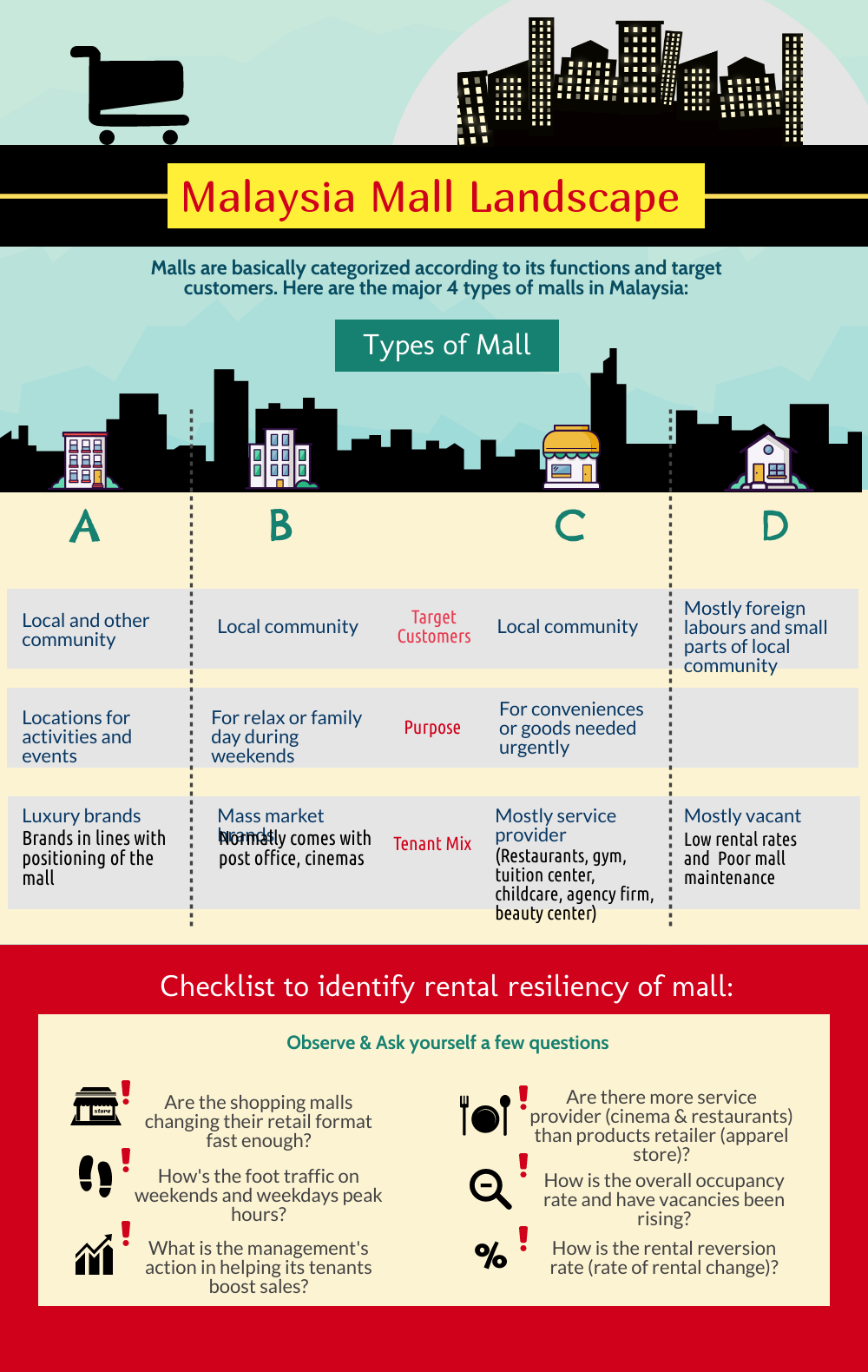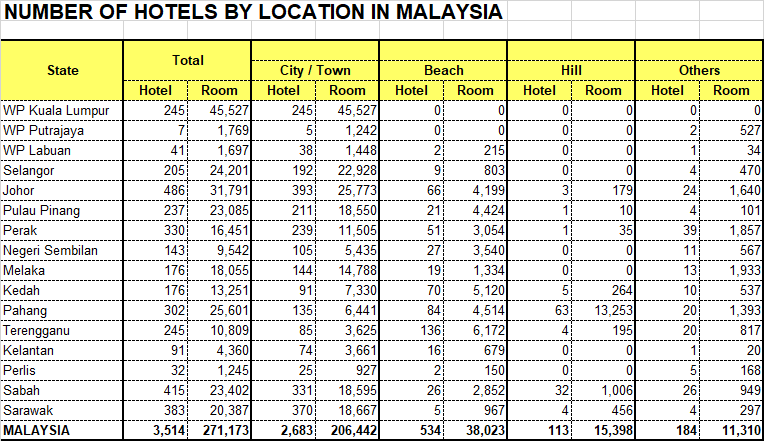Malaysia National Land Code (Underground Land)
Why is Malaysia not building an underground metro line?

In 2017, the National Land Council (MTN) has agreed to set a minimum depth for the acquisition of underground land for development purposes.
Under the regulation, the depth after which an acquisition need not be undertaken is 6m for agricultural land, 10m for building land, and 15m for industrial land.
Under the new National Land Code, while the requirement for land acquisition in underground developments was removed, a compensation payment was made mandatory. For the underground portion, the project still needs to acquire the land below the minimum depth. In Kuala Lumpur, the land below the minimum depth will be acquired as a stratum title. Compensation must still be paid to landowners for limiting their land-use beyond the minimum depth.
Side Note: In Singapore, the State Lands (Amendment) Bill state that landowners also possess 30m of subterranean land below the Singapore Height Datum (SHD). Land deeper than 30m SHD will belong to the State. The SHD is a level fixed across the whole of Singapore, from which height measurements take reference. It is pegged to Singapore’s historical mean sea level.
The National Land Code (Underground Land) (Minimum Depth) Regulations 2017 was expected to considerably reduce costs, but it is not clear if this has been the case.
An article from The Edge understands that the compensation payments for the use of land below the threshold depth could amount to as much as 60% of the acquisition value, which may have discouraged MRT Corp from taking this route.
In short, we still need new rules to encourage more underground facilities. Major benefits to underground space include lower utility costs, climate control, and increased work productivity. Hopefully, new rules is enacted in the near future.
Related Guides
Real Estate Location Checklist
2023-01-09
|
Real Estate
|
Tags: Location
Factors that will increase property value
Types of Retail Mall
2023-01-02
|
Real Estate
|
Tags: Retail Mall
Positioning of a retail mall and its trend.
Metrics for Hotel Business
2022-12-29
|
Real Estate
|
Tags: Hotels
Metrics to gauge when investing in hotels.


